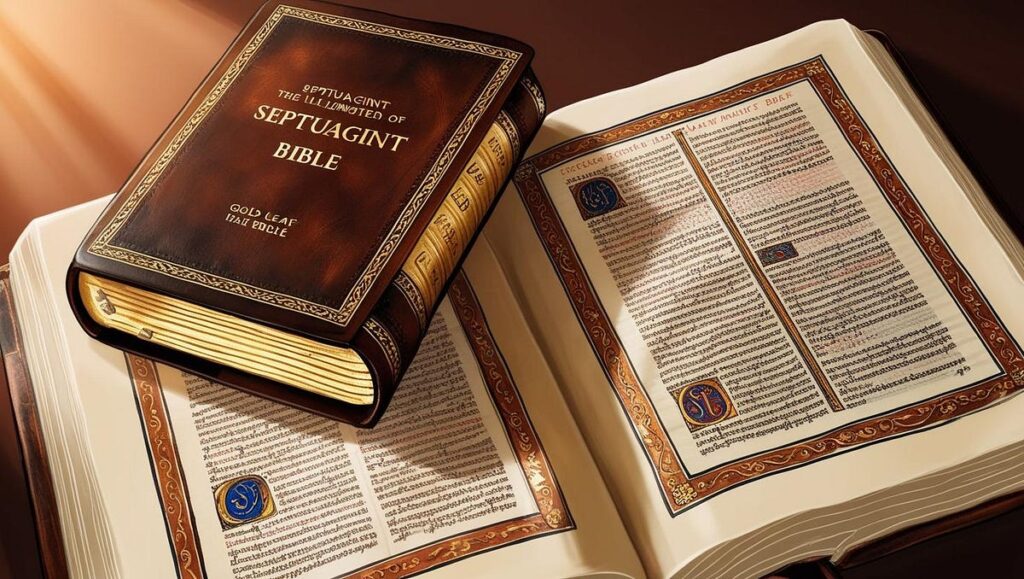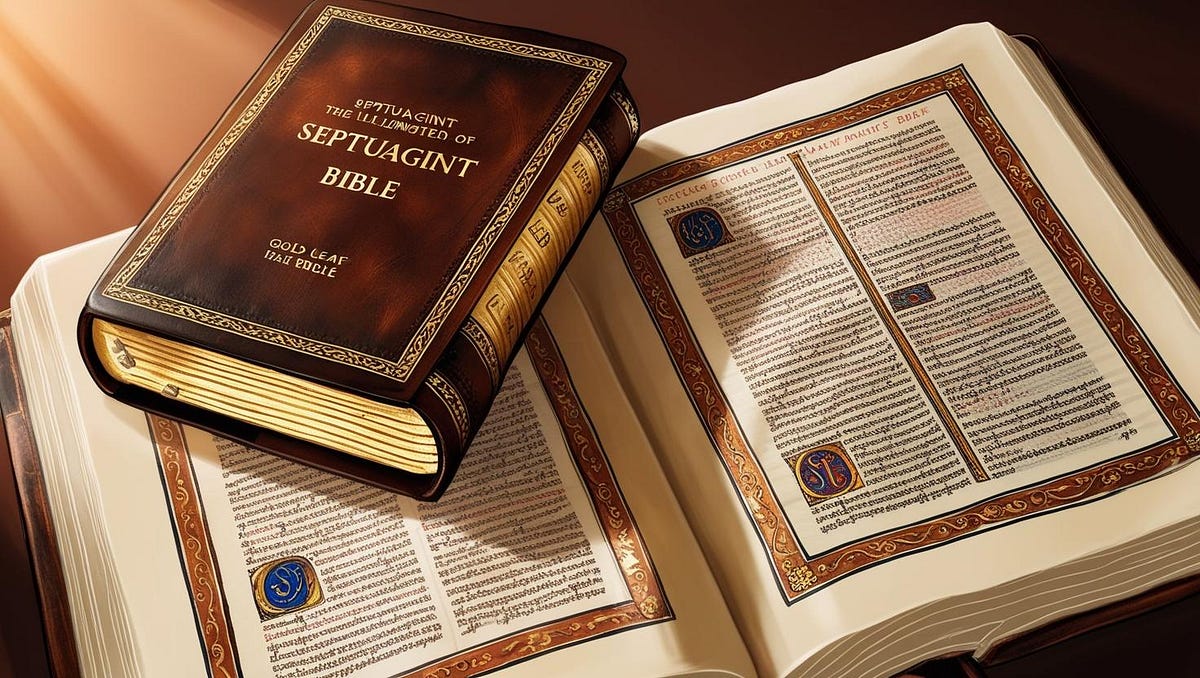
Unveiling the First Bible: A Journey Through Ancient Texts and Their Significance
The quest to identify the “first bible” is a complex undertaking, fraught with historical, linguistic, and theological considerations. The term “bible” itself implies a collection of authoritative texts, and pinpointing the absolute first such collection requires navigating a labyrinth of ancient manuscripts, oral traditions, and evolving religious practices. This article delves into the historical context, explores potential candidates for the title of “first bible,” and examines the lasting impact of these foundational texts.
Defining the “First Bible”: A Matter of Interpretation
Before attempting to identify the first bible, it’s crucial to define what we mean by the term. Does it refer to the earliest written scriptures of a particular faith? Or does it encompass the first compiled and canonized collection of religious texts? The answer depends largely on the religious tradition being examined. For example, when discussing the origins of the Christian Bible, one must consider the Hebrew Bible (Old Testament) as a precursor. Similarly, understanding the evolution of the Quran requires acknowledging the oral traditions and early written fragments that preceded its final compilation. This exploration of the concept of the first bible will require investigation into various religious traditions.
The Hebrew Bible: A Foundation of Faith
For Judaism and Christianity, the Hebrew Bible (also known as the Tanakh) represents a cornerstone of religious belief. Its origins are rooted in ancient oral traditions, which were gradually committed to writing over centuries. The oldest portions of the Hebrew Bible, such as some of the poetic sections in Psalms and the narratives in Genesis, are believed to date back to the second millennium BCE. However, the process of canonization, the formal selection and acceptance of these texts as authoritative scripture, took place much later, primarily during the Second Temple period (516 BCE – 70 CE). The development of the Hebrew Bible gives critical context to any discussion regarding the first bible.
The Septuagint: A Greek Translation and Its Significance
A crucial development in the history of the Hebrew Bible was the creation of the Septuagint, a Greek translation produced in Alexandria, Egypt, beginning in the 3rd century BCE. According to tradition, seventy (or seventy-two) Jewish scholars translated the Hebrew scriptures into Greek. The Septuagint became widely used by Greek-speaking Jews and later by early Christians, playing a vital role in the spread of biblical ideas throughout the Mediterranean world. It also included some texts not found in the Masoretic Text, the standard Hebrew version, which became part of the Christian Old Testament canon. Understanding this translation’s impact is essential when considering the first bible’s influence.
The Christian Bible: Building Upon Jewish Foundations
The Christian Bible consists of the Old Testament, largely based on the Septuagint, and the New Testament, a collection of writings related to the life, teachings, and ministry of Jesus Christ and the early Christian church. The New Testament texts were written in Greek during the first century CE. The process of canonizing the New Testament was a gradual one, involving debates and discussions among early Christian communities about which texts were truly authoritative. The eventual formation of the Christian Bible, with its combination of Old and New Testaments, represents a unique development in religious history. It is important to understand that the creation of the Christian Bible was not immediate, but rather a gradual process involving debate and discernment. [See also: History of the Bible Canon]
The Codex Sinaiticus and Codex Vaticanus: Early Christian Bibles
Among the earliest complete or near-complete copies of the Christian Bible are the Codex Sinaiticus and the Codex Vaticanus, both dating from the 4th century CE. These codices, written in Greek on parchment, contain both the Old and New Testaments. They provide invaluable insights into the textual history of the Bible and represent important milestones in the transmission of Christian scripture. These ancient texts offer tangible evidence of the early Christian efforts to collect and preserve their sacred writings. The existence of these codices is a testament to the importance of preserving the first bible.
Beyond the Abrahamic Traditions: Exploring Other Ancient Scriptures
While the Hebrew Bible and the Christian Bible are central to Western religious traditions, other ancient cultures also possessed collections of sacred texts that could be considered candidates for the title of “first bible.” For example, the Vedas of Hinduism, a collection of hymns, prayers, and philosophical treatises, are believed to have been composed orally beginning in the second millennium BCE. The Avesta, the sacred texts of Zoroastrianism, also contains ancient writings that offer insights into the beliefs and practices of this ancient Persian religion. Examining these other ancient scriptures broadens our understanding of the historical context surrounding the concept of the first bible.
The Vedas: Ancient Hindu Scriptures
The Vedas are a vast collection of religious texts originating in ancient India. They are considered the most sacred scriptures of Hinduism. Composed in Vedic Sanskrit, the texts include hymns, philosophical treatises, and ritual instructions. The four main Vedas are the Rigveda, the Samaveda, the Yajurveda, and the Atharvaveda. The oral tradition of transmitting the Vedas is incredibly ancient, with some scholars dating the earliest portions back to the second millennium BCE. The Vedas represent a rich tapestry of religious and philosophical thought, providing a glimpse into the spiritual world of ancient India. Their complexity and antiquity make them a significant point of comparison in the search for the first bible.
The Avesta: Sacred Texts of Zoroastrianism
The Avesta is the collection of sacred texts of Zoroastrianism, an ancient Persian religion founded by the prophet Zoroaster (also known as Zarathushtra). The surviving Avestan texts are only a fraction of what is believed to have originally existed. The core of the Avesta is the Gathas, a collection of hymns attributed to Zoroaster himself. The Avesta provides insights into Zoroastrian beliefs about good and evil, the creation of the world, and the final judgment. Though not as widely known as the Hebrew Bible or the Christian Bible, the Avesta represents an important example of ancient religious literature and provides context for understanding the development of religious thought in the ancient world. The Avesta’s unique theological perspective offers valuable insights when considering the first bible.
The Enduring Legacy of Ancient Scriptures
Regardless of which text one designates as the “first bible,” the enduring legacy of these ancient scriptures is undeniable. They have shaped religious beliefs, ethical values, and cultural practices for millennia. They continue to inspire and challenge individuals and communities around the world. By studying these ancient texts, we can gain a deeper understanding of the human quest for meaning and purpose. The impact of these texts on shaping global culture and religion is undeniable, regardless of whether we consider them the first bible. [See also: Influence of the Bible on Western Civilization]
The Role of Interpretation and Translation
It is important to acknowledge the role of interpretation and translation in understanding these ancient scriptures. The meaning of these texts is not always self-evident, and different readers may interpret them in different ways. Furthermore, translations from the original languages can introduce nuances and complexities that were not present in the original text. Therefore, a critical and informed approach to studying these ancient scriptures is essential. The inherent challenges in interpreting and translating these ancient texts should be considered when discussing the first bible.
The Ongoing Relevance of Ancient Wisdom
Despite their antiquity, these ancient scriptures continue to offer valuable insights into the human condition. They address fundamental questions about life, death, morality, and the nature of the divine. By engaging with these texts, we can gain a deeper understanding of ourselves and the world around us. The enduring relevance of these ancient texts demonstrates their profound impact and lasting significance. The wisdom contained within these texts offers timeless guidance, irrespective of whether they are considered the first bible.
Conclusion: A Continuing Exploration of the Sacred
The search for the “first bible” is ultimately a journey through the history of religious thought and practice. It is a reminder that the concept of a “bible” is not static but has evolved over time and across cultures. By examining the ancient scriptures of various traditions, we can gain a richer appreciation for the diversity and complexity of human spirituality. The question of the first bible highlights the ongoing human quest to understand the divine and our place in the universe. Understanding the historical context and evolution of these texts is crucial for appreciating their enduring significance. The concept of the first bible is a complex and multifaceted one, inviting ongoing exploration and critical reflection. The journey to understand the first bible is a testament to the enduring power of faith and the human quest for meaning, and it is a question that will continue to be debated and explored by scholars and theologians for generations to come. The exploration of the first bible is a journey through history, faith, and the enduring quest for meaning. The enduring relevance of the concept of the first bible lies in its ability to spark curiosity, inspire reflection, and foster a deeper appreciation for the rich tapestry of human spirituality. The quest for the first bible is a testament to the enduring power of stories, beliefs, and the written word. [See also: Comparative Religion]

